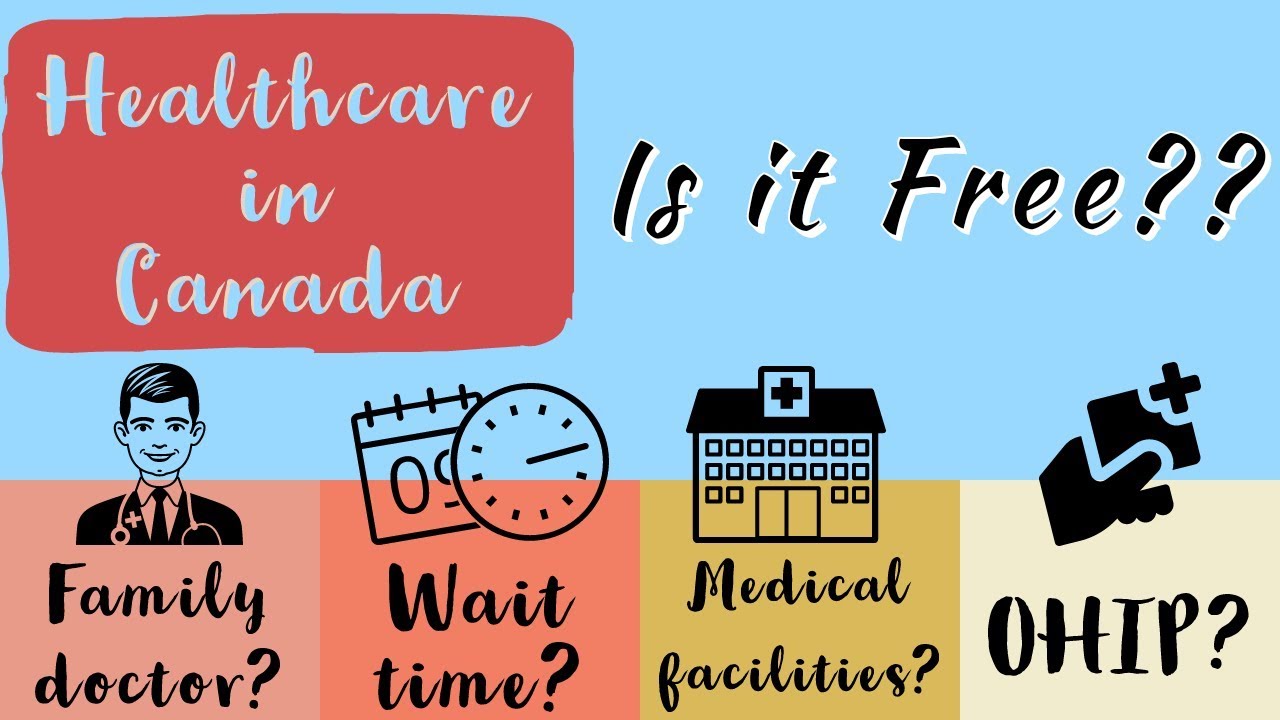When discussing healthcare systems, the term “free healthcare” often sparks curiosity and debates. In the case of Canada, this phrase is frequently used, but does it truly reflect the reality of the Canadian healthcare system? In this comprehensive article, we’ll delve into the intricacies of Canada’s healthcare model, separating fact from fiction, and providing a clear understanding of how it operates.
The Universal Canadian Healthcare System: Funded by Taxes
Canada operates under a universal healthcare system known as Medicare, which is funded primarily through provincial and territorial tax revenues, supplemented by federal transfers. This system ensures that all Canadian citizens and permanent residents have access to essential healthcare services at no direct cost at the point of delivery.
Unlike the perception of “free healthcare,” Canadians contribute to the funding of the healthcare system through their tax contributions. The cost of healthcare is essentially prepaid through these taxes, similar to how citizens fund other government services and programs.
Comprehensive Coverage: No Cost-Sharing for Essential Services
One of the key advantages of the Canadian healthcare system is the absence of cost-sharing for essential medical services. This means that Canadian residents do not have to pay any out-of-pocket expenses, such as deductibles or co-payments, for inpatient or outpatient care provided by hospitals or physicians.
The Canada Health Act mandates that the healthcare system be comprehensive, ensuring coverage for medically necessary hospital and physician services, including:
- Inpatient and outpatient hospital care
- Medically necessary care for maintaining health
- Disease prevention and diagnosis
- Treatment of injuries, illnesses, and disabilities
- Medically required physician services
Prescription Drug Coverage: A Mixed Landscape
While the Canadian healthcare system covers essential medical services without direct costs, prescription drug coverage presents a more nuanced picture. Prescription drug prices in Canada are generally inexpensive compared to other countries, but the coverage varies based on individual circumstances and location.
Several public programs exist to assist low-income individuals, children with disabilities, and the elderly with prescription drug costs. However, for many Canadians, prescription drug coverage is obtained through private insurance plans, often provided by employers or purchased individually.
Approximately two-thirds of Canadians have some form of private, supplementary coverage for prescription drugs, dental care, vision care, rehabilitation services, and other healthcare services not covered by the public system.
Eligibility and Portability: Ensuring Nationwide Access
The Canadian healthcare system is designed to be universal and portable, meaning that all Canadian citizens and permanent residents are eligible for coverage, regardless of their province or territory of residence. This portability allows Canadians to receive healthcare services across the country without additional costs.
If a Canadian citizen receives care outside of their home province or territory, they are typically reimbursed by their home province or territory based on the fee schedule of that province or territory. This ensures that Canadians can access healthcare services nationwide without facing financial barriers.
Challenges and Considerations
While the Canadian healthcare system is widely celebrated for its universal coverage and absence of direct costs for essential services, it does face certain challenges and considerations:
-
Wait Times: Long wait times for non-urgent or elective procedures and specialist appointments have been a long-standing issue in the Canadian healthcare system. The government may limit services as a cost-containment strategy, leading to extended wait times in certain areas.
-
System Cohesiveness and Coordination: Critics have pointed out the lack of cohesiveness and coordination within the Canadian healthcare system, which can lead to inefficiencies and potential gaps in care.
-
Private Healthcare Services: Some Canadians choose to seek private healthcare services, either domestically or abroad, to bypass wait times or access services not covered by the public system. This practice can raise concerns about equity and access to healthcare.
The Bottom Line: Accessible Healthcare, Not Entirely Free
While the term “free healthcare” is often used to describe the Canadian healthcare system, it is crucial to understand the nuances and realities behind this phrase. Canadians do not directly pay for essential medical services at the point of delivery, but they contribute to the funding of the healthcare system through their tax contributions.
The Canadian healthcare system provides comprehensive coverage for medically necessary hospital and physician services, ensuring access to essential healthcare for all citizens and permanent residents. However, prescription drug coverage and other supplementary services may require private insurance or out-of-pocket payments.
Ultimately, the Canadian healthcare model prioritizes universal access to essential healthcare services, funded through a collective effort via taxation. While not entirely free, this system aims to remove financial barriers and ensure that all Canadians can receive the care they need without facing the burden of direct costs at the time of service.
How Canada’s Universal Health-Care System Works
FAQ
Is health care actually free in Canada?
How much do Canadians pay for healthcare?
Is healthcare better in USA or Canada?
Is surgery free in Canada?

